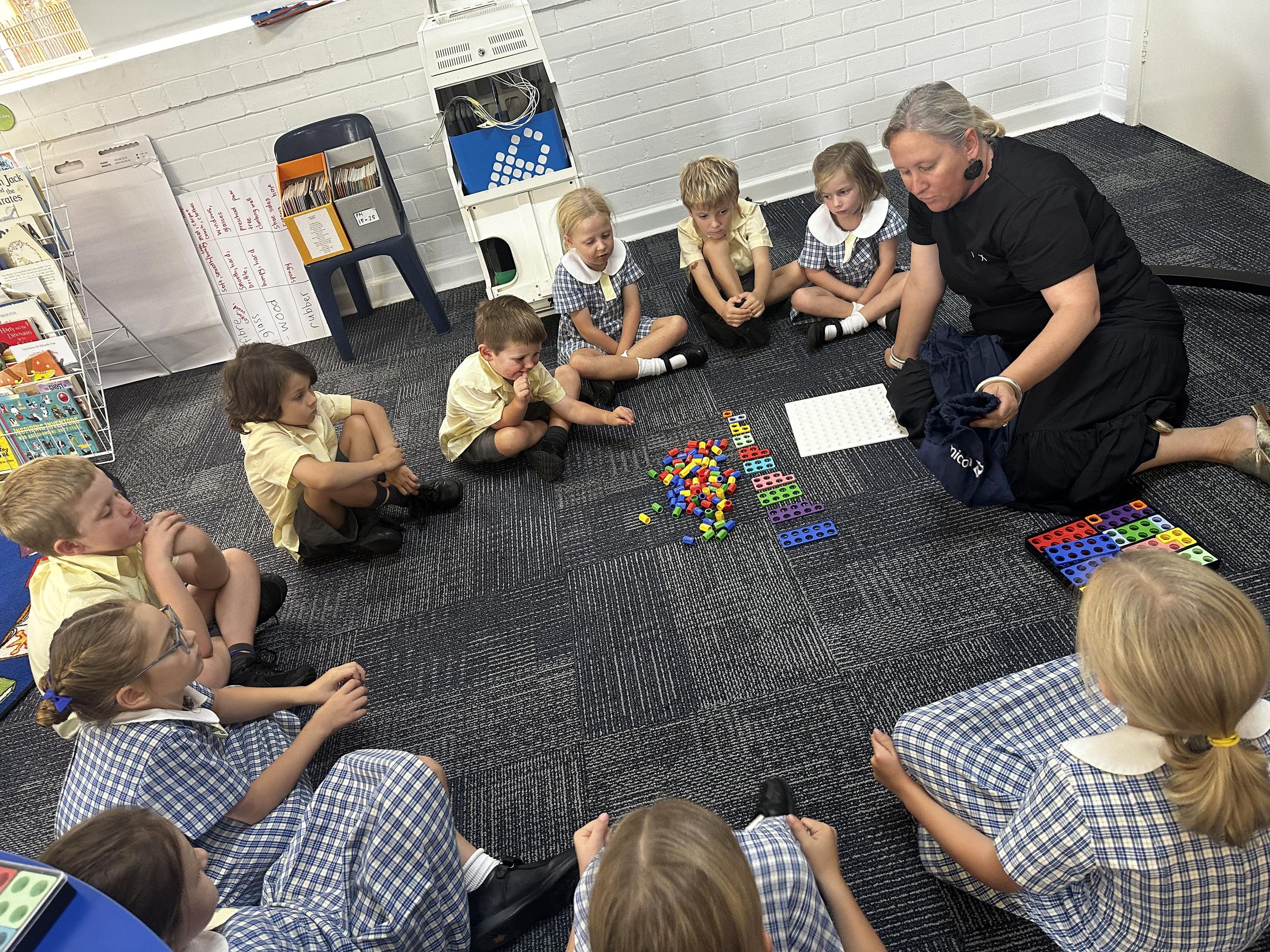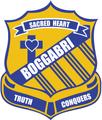Spotlight on the Classroom

SPOTLIGHT ON 3-6
Year 5 and 6
Multiplicative Relations
Why is it important?
Knowledge of factors, mental computation skills, and the ability to think in multiples make the Multiplicative Relations process so much easier! Fluency with multiplication tables is essential for further mathematics and in everyday life. Students in Years 5 and 6 have been using informal written strategies such as the area model, distributive model, and formal algorithms to solve multiplication problems. In the photo on the left, Year 5/6 students point to their strategy of choice when calculating multiplication problems.
Strategies we have learnt...
TIPS FOR PARENTS:
Use Real-Life Examples
Grocery Shopping: Ask your child to calculate the total cost of multiple items or compare prices to determine better deals.
Cooking: Use recipes to illustrate multiplication, such as doubling or dividing a recipe into portions.
Use highlighters to mark important information. Word problems can be overwhelming, but you can help your child break them down by only highlighting the important parts. Teach them to highlight important numbers and key phrases in math problems so they can focus on what matters.
Discuss and use all the different words used for the four operations (addition, subtraction, multiplication, and division) in everyday situations.
Real-World Scenarios: Incorporate multiplication questions into daily activities, like setting the table (e.g., "If each person gets 3 pieces of cutlery, how many pieces do we need for 4 people?").
Year 3 and 4
TIPS FOR PARENTS:
Times tables are a brilliant brain-training exercise for students. Good times table knowledge is vital for quick mental maths calculations and problem-solving. For example, if a child knows that 6 x 3 = 18, they will be able to work out that 6 x 30 = 180 or 60 x 3 = 180 almost instantly.
Useful items to help your help your child with times tables at home include:
- A stack of coins—at least a dozen of each type of coin, and preferably two dozen $2.00—will let you make up a full set of tables to 12x12 for the occasions when your child might need to go back and check by counting. There is no cost beyond the time it takes to collect the change.
- A pack of cards—take out the aces and Kings, count Jack as 11, and Queen as 12. You can practise the full range of tables by dealing your child two cards and asking them to multiply them.
- A pack of blank cards (make them out of cardboard or paper, or buy premade versions) These are infinitely versatile. You can write down whatever items your child has problems with and make Pelmanism sets with questions and answers. (Write the questions and answers on different cards. Shuffle and turn the cards face down. The child has to turn over a card and then turn over the matching card. You can start with a small number of sets and build up.) How many card questions can your child answer correctly against the clock? Boys very much enjoy this, but so do most girls.
- Numicon is a system comprising a baseboard and coloured tiles of between one and ten units. It has many uses in early maths, including building up tables through a series of tiles. It is not cheap, but it makes illustrating an idea very easy, and the consistency of the tiles builds up a sense of number, so that children think, say, in threes rather than just counting.



